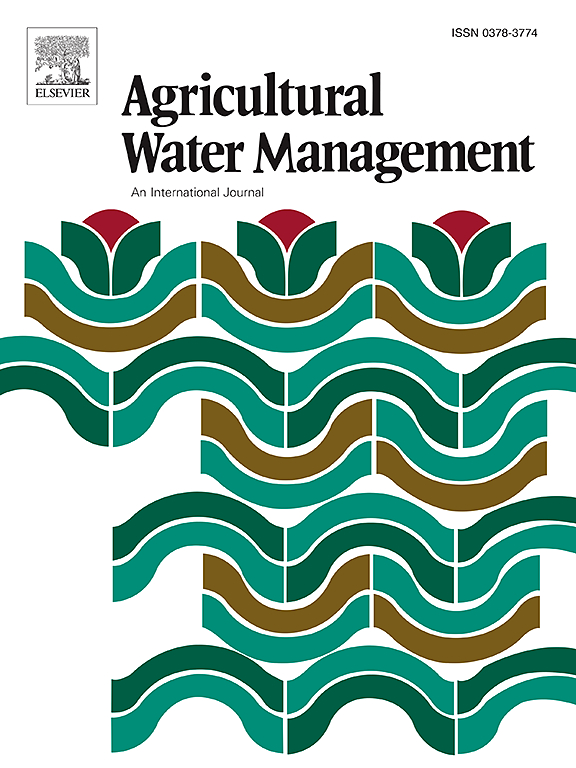农民推动的奥加拉拉含水层节水政策减少了作物生产的环境足迹
IF 5.9
1区 农林科学
Q1 AGRONOMY
引用次数: 0
摘要
本文章由计算机程序翻译,如有差异,请以英文原文为准。

Farmer driven water conservation policy on the Ogallala aquifer reduces the environmental footprints of crop production
The Ogallala Aquifer underlies 45 million hectares, supporting the robust agricultural economy of the US Great Plains and providing water for about 1.9 million people. The aquifer's long-term viability is threatened though due to severe depletion. Pumping reductions of 25–30 % are required to stabilize water levels on a decadal scale. Legislation has been passed in Kansas to reduce groundwater extraction while supporting productivity and economic viability. One outcome is the Local Enhanced Management Area (LEMA) program, where farmers set water-conservation targets in a region. Our objective was to study the environmental benefits of implementing water-conserving cropping systems in the Sheridan-6 LEMA (longest running LEMA). The Integrated Farm System Model (IFSM), verified with region-specific data, was used to compare simulated cropping systems within the LEMA to those in the surrounding region using conventional crop irrigation management. We found that LEMA management, which includes reduced water use and altered cropping, has provided environmental benefits with a slight to moderate reduction in crop yields (1.2–15 %). Totaled over the LEMA, crop life cycle reductions were found for blue water use (28 %), reactive N losses (1.4 %), fossil energy use (22 %) and GHG emissions (20 %). Considering the environmental intensities expressed per unit of grain produced, LEMA policies decreased blue water (24 %), energy (18 %), and C (15 %) footprints. The exception was the N footprint which increased slightly due to reduced crop yields with similar N loss. The main driver of the reduced impact was decreased water use in crop irrigation, followed by changes in cropping strategies where more water-demanding crops (corn and soybean) were replaced by less water-demanding crops (sorghum and wheat). Replicating LEMA-type policies more widely across the region can be a viable solution (environmental and economic) to stabilize the Ogallala Aquifer water levels for the next few decades, as demonstrated by this and previous research.
求助全文
通过发布文献求助,成功后即可免费获取论文全文。
去求助
来源期刊

Agricultural Water Management
农林科学-农艺学
CiteScore
12.10
自引率
14.90%
发文量
648
审稿时长
4.9 months
期刊介绍:
Agricultural Water Management publishes papers of international significance relating to the science, economics, and policy of agricultural water management. In all cases, manuscripts must address implications and provide insight regarding agricultural water management.
 求助内容:
求助内容: 应助结果提醒方式:
应助结果提醒方式:


